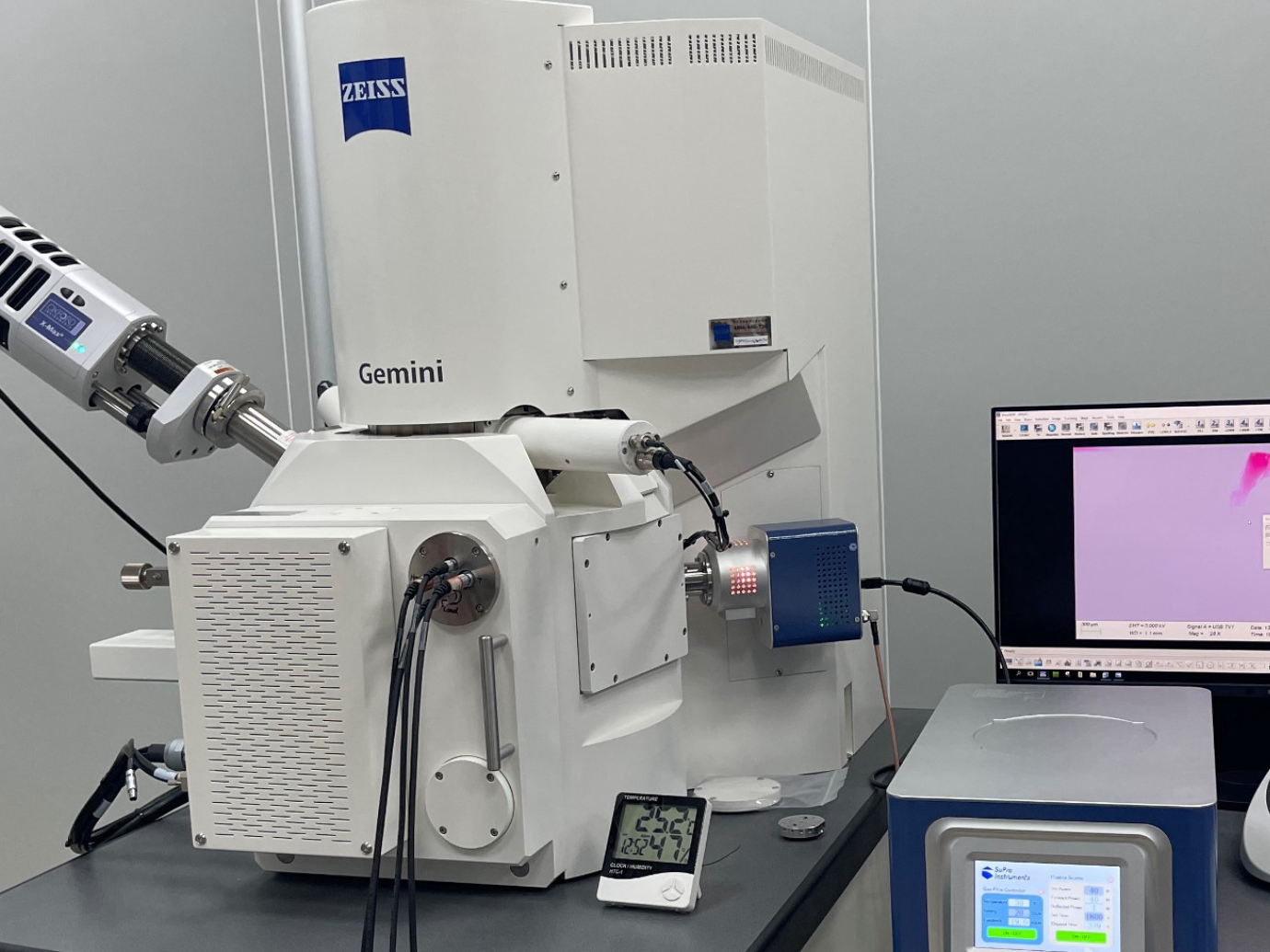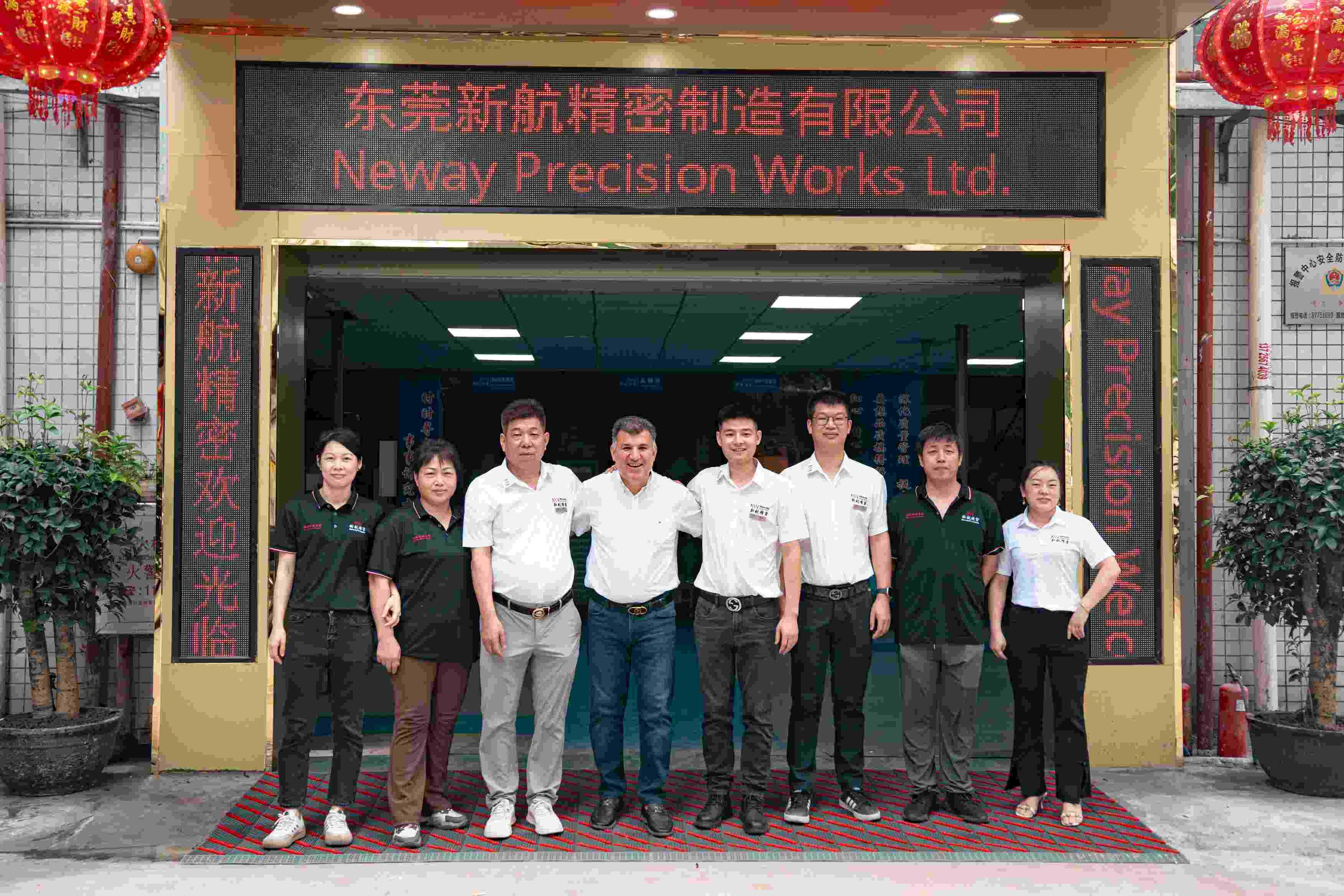SEM Inspection: High-Resolution Surface and Defect Analysis in Superalloy Parts

Introduction to SEM Inspection
In the high-performance world of superalloys, precision and reliability are critical. Superalloy components are used in some of the most demanding applications, including aerospace and aviation, power generation, and oil and gas industries. These components are subjected to extreme conditions—high temperatures, pressure, and corrosive environments—requiring their material properties to be impeccable. One of the most effective methods for ensuring the integrity of these parts is Scanning Electron Microscopy (SEM) inspection.
SEM inspection offers high-resolution imaging capabilities that go beyond the capabilities of traditional optical microscopy. It allows engineers to scrutinize the surface and microstructure of superalloy components at the nanoscale, revealing otherwise invisible defects to the naked eye. This precision is vital in detecting microstructural inconsistencies, surface imperfections, and sub-microscopic defects that could lead to failure.
This blog explores the role of SEM inspection in superalloy parts, its importance in quality control, and how it compares with other inspection methods, such as X-ray checking, to ensure the reliability of superalloy components.
What is SEM Inspection?
Scanning Electron Microscopy (SEM) is a powerful analytical tool used to obtain high-resolution images of the surface and microstructure of materials. Unlike conventional optical microscopes, which rely on visible light to form images, SEM uses a focused beam of electrons to scan the surface of a specimen. As the electrons interact with the material, they produce secondary electrons captured by detectors, allowing for detailed imaging at magnifications up to 1,000,000 times.
How SEM Inspection Works
SEM inspection works by scanning the surface of a material with a fine electron beam, which provides a depth of field and resolution far superior to that of light microscopes. The resulting images, known as micrographs, offer detailed views of surface features, grain structures, and other microstructural characteristics. SEM also provides elemental analysis through techniques like Energy-Dispersive X-ray Spectroscopy (EDS), allowing for a comprehensive examination of the material's morphology and composition. This level of detail is invaluable for industries where material integrity and quality control are critical.
SEM in Superalloy Parts Inspection
For superalloy casting and superalloy CNC machining, SEM inspection plays a pivotal role. It allows manufacturers to closely examine the microstructure of superalloy components, detecting imperfections such as cracks, porosity, or phase segregation that could affect the part's performance, especially in high-stress applications like aerospace and energy generation.
Viewing superalloy components at such high magnifications is crucial for industries where material performance and failure prevention are paramount. SEM inspection provides an in-depth understanding of how superalloy parts will behave under extreme operational conditions, aiding production, research, and development (R&D). SEM helps ensure that parts meet the rigorous quality and performance standards required in critical applications by providing a detailed look at grain boundaries, surface defects, and phase distributions.
In summary, SEM inspection offers a non-destructive way to analyze the microstructure and composition of superalloy components. It is an essential tool for ensuring the reliability and performance of parts used in aerospace and other high-stress industries.
Role of SEM in Superalloy Parts Checking
Checking for Superalloy Castings
Superalloy castings, such as turbine blades and combustion chambers, are essential in high-performance applications like aerospace and power generation. These components undergo extreme stresses and temperatures, leading to defects like porosity, inclusions, and cracks. Scanning Electron Microscopy (SEM) is crucial in identifying these microscopic defects that visual inspections or less advanced methods might otherwise miss. For example, SEM is particularly effective in detecting porosity in castings, which can weaken the material and reduce its ability to perform under high stress, leading to premature failure.
In addition to porosity, SEM can identify inclusions, such as oxides or foreign particles, which can disrupt the uniformity of the microstructure and lead to stress concentrations that jeopardize the part's durability. By examining the grain boundaries of cast superalloy parts, SEM also helps engineers evaluate the effects of the casting process, allowing for necessary adjustments to enhance material performance.
Checking for 3D Printed Superalloy Parts
Adopting 3D printing in producing superalloy components has brought advantages like rapid prototyping and the ability to create complex geometries. However, 3D printed parts pose unique challenges, such as porosity, poor layer bonding, and surface roughness, which can affect material integrity. SEM inspection is particularly valuable in this context, offering high-resolution imaging to identify fusion issues between printed layers and any incomplete bonding, which could lead to weak spots and failure under load.
For example, SEM can detect porosity or voids within 3D printed superalloy parts, often undetectable by traditional inspection methods. These defects, if left unnoticed, could severely compromise the part's mechanical properties. SEM ensures that these parts meet the high standards required for aerospace or other high-performance applications, enabling manufacturers to improve the printing process and reduce the risk of failure.
Checking for CNC Machined Superalloy Parts
Despite the precision of CNC machining, surface defects such as micro-cracks, tool marks, or surface roughness can still occur, compromising the part’s performance. SEM is critical in ensuring the integrity of CNC machined superalloy parts by providing detailed surface imaging to detect defects that may not be visible to the naked eye. For instance, SEM can uncover micro-cracks or stress concentrators on the machined surface, which could propagate under operational stresses and eventually lead to fatigue failure.
Additionally, SEM can assess the surface finish of CNC machined parts, ensuring that they meet the required specifications for smoothness and integrity. By examining the grain structure and any machining-induced alterations to the material’s microstructure, SEM helps confirm that the properties of the superalloy have not been adversely affected during the machining process.
Other Detection Scenarios
Beyond castings, 3D printed, and CNC machined parts, SEM plays a vital role in failure analysis and material optimization. When superalloy components fail prematurely, SEM analyzes the fracture surface to identify the root cause. For example, SEM can reveal the presence of fatigue cracks or corrosion, which may have contributed to the failure. This allows engineers to optimize the design and manufacturing process for future parts.
SEM is also invaluable for inspecting the integrity of coatings and welds applied to superalloy parts. It can be used to assess the quality of thermal barrier coatings or to analyze the microstructure of welded zones, ensuring no voids, cracks, or weak bonds could compromise the part's performance in demanding applications.
Compare SEM Inspection with Other Checking Methods
Scanning Electron Microscopy (SEM) is an indispensable tool for examining the microstructure of superalloy components, but it is essential to understand how it compares to other inspection methods. Each technique has its strengths, often used in combination to evaluate materials comprehensively.
X-ray Inspection
Strengths: X-ray inspection is beneficial for detecting internal defects such as porosity, cracks, and inclusions in superalloy components. It provides insights into the internal structure of materials, which is invaluable for identifying hidden flaws that could affect performance.
Weaknesses: However, X-ray inspection lacks the resolution of SEM and may miss more minor surface defects or microstructural issues that are often critical in high-performance alloys. While X-ray can detect significant volumetric defects, SEM can uncover acceptable surface defects and provide higher resolution for microstructural analysis.
Metallographic Microscopy
Strengths: Metallographic microscopy is an excellent tool for visualizing the grain structure, phase distribution, and surface features of superalloy components. It is widely used to analyze the material's structural properties and observe how processing affects the alloy.
Weaknesses: However, metallographic microscopy cannot match the resolution or the level of detail that SEM provides, especially regarding fine surface features and microstructural defects. SEM can reveal more minor defects, precipitates, and inclusions that are not visible under traditional optical microscopy.
Ultrasonic Testing (UT)
Strengths: Ultrasonic Testing (UT) is excellent for detecting internal defects, such as cracks and voids in thick superalloy parts. It uses sound waves to identify potential weaknesses deep within the material, making it a valuable non-destructive testing method for large components.
Weaknesses: UT, however, is limited in its ability to provide detailed information about the material's microstructure or surface features. Unlike SEM, it does not offer the level of detail required for microstructural analysis or fine surface defect detection.
Coordinate Measuring Machine (CMM) Checking
Strengths: Coordinate Measuring Machines (CMM) are precise tools for measuring the dimensional accuracy of superalloy components, ensuring that parts meet the required specifications. They provide highly accurate geometric data for parts requiring precise fit and form, making them essential for quality control in high-performance aerospace-related industries.
Weaknesses: However, CMM cannot detect microstructural defects, grain structure variations, or minor surface imperfections. These features, which are often crucial in high-performance alloys, are well-suited to SEM, providing a much more detailed view of surface and microstructural characteristics.
Conclusion
Each inspection method has a role in ensuring superalloy components' quality and performance. SEM inspection stands out for its high resolution and ability to uncover fine surface features, microstructural defects, and inclusions that other methods like X-ray inspection or ultrasonic testing may miss. However, using SEM combined with other methods can provide a more comprehensive evaluation of superalloy components.
When to Choose SEM Inspection for Superalloy Parts
While SEM inspection is a powerful tool, it is not always the first choice for every application. SEM is particularly valuable in situations where high-resolution surface or microstructural analysis is required, such as:
Failure Analysis: When a component has failed unexpectedly, SEM is the ideal method for identifying the root cause of the failure, whether it’s a crack, corrosion, or stress-related defect. For instance, SEM can be used to analyze the microstructure of high-temperature superalloy components like turbine blades or jet engine components to detect the precise cause of failure.
Quality Assurance for Critical Components: For superalloy parts used in high-stakes applications like aerospace or power generation, SEM ensures that all components meet stringent quality standards and will perform reliably under extreme conditions. This is crucial for components such as Inconel turbine discs or monocrystalline gas turbine blades, where even microscopic defects can lead to catastrophic failure.
Material Development: SEM is indispensable in developing new superalloys and optimizing existing alloys. It allows engineers to study how changes in composition or processing affect the material’s microstructure and performance. For example, SEM can be used to examine Stellite superalloy castings or Rene 65 alloy components to improve their properties for more demanding aerospace or power generation applications.
SEM inspection provides invaluable insights into material behavior and component integrity, making it an essential tool for quality assurance and advanced material development in critical industries.
FAQs
How does SEM differ from conventional optical microscopy in superalloy inspection?
Can SEM detect sub-microscopic defects in superalloy components?
How long does SEM inspection typically take for superalloy parts?
What are the limitations of SEM when inspecting superalloy castings?
How does SEM help in improving the durability and performance of superalloy components?
